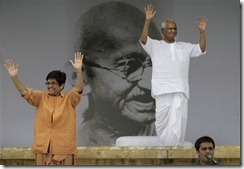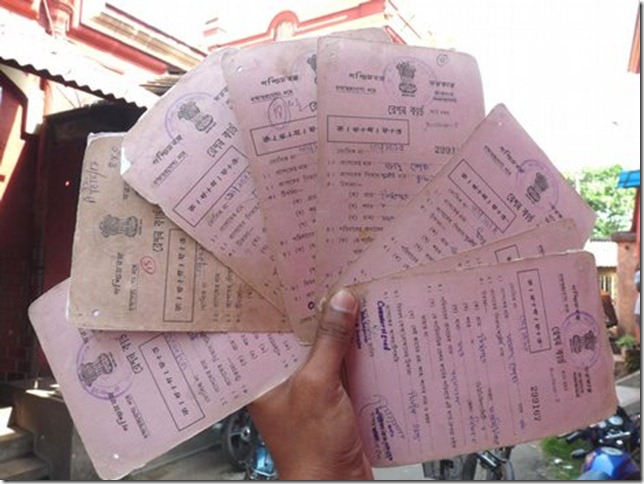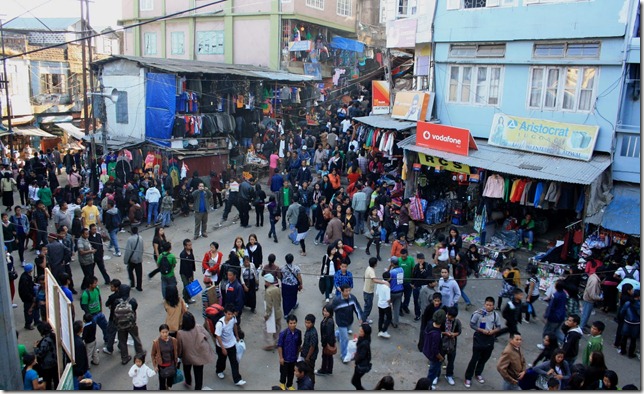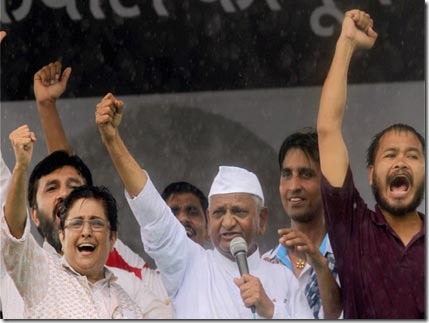By Sanjay Basak
 New Delhi, Aug 25 : Anna Hazare, the nation’s latest face against corruption, is being viewed by a section as merely a 'tool' used by Arvind Kejriwal, Kiran Bedi and the father-son duo of Prashant Bhushan and Shanti Bhushan.
New Delhi, Aug 25 : Anna Hazare, the nation’s latest face against corruption, is being viewed by a section as merely a 'tool' used by Arvind Kejriwal, Kiran Bedi and the father-son duo of Prashant Bhushan and Shanti Bhushan.
Sources disclosed that sensing the campaign against corruption, which hit the government with a series of 2G exposes, the team of four started to look around for a credible face.
Speaking to this newspaper on condition of anonymity, a member of India Against Corruption (IAC) disclosed that when the Kejriwal team failed to make any impact on the corruption issue and get Ms Kiran Bedi posted as CIC chief, it zeroed in on Mr Hazare to plan the next move.
“Kejriwal met Anna at his village in Maharashtra and convinced him to join their movement against corruption,” the member claimed.
Earlier, Mr Hazare had been a part of K-Team only to endorse their move to install Ms Bedi as CIC chief following the retirement of Mr Wajahat Habibullah, sources said.
Mr Kejriwal and other civil society activists, including Ms Aruna Roy, have been working for a strong Lokpal Bill. Sources disclosed that differences cropped up after Ms Roy was appointed a NAC member. It was for the first time that Ms Roy and Mr Kejriwal stood on opposite sides. Mr Kejriwal had worked extensively with Ms Roy in the Mazdoor Kisan Shakti Sangathan. “In fact, he was tutored by Aruna Roy,” sources said.
The IAC member said Mr Kejriwal, Ms Bedi and the Bhushans decided to make the Lokpal Bill the main weapon to fight corruption and emerge into the limelight. Mr Hazare’s clean image made Mr Kejriwal pick him as the movement’s mascot. Before Ms Roy and other civil society members realised it, Mr Kejriwal had “stolen the thunder”, the IAC member said.
via Asian Age








 MSW Students with the dignitaries on the first day
MSW Students with the dignitaries on the first day 
 The White fetish is not just limited to the Indian household. Even the fashion industry has been alleged of being racist off late.
The White fetish is not just limited to the Indian household. Even the fashion industry has been alleged of being racist off late.  Picture these advertisements common in Indian media today -
Picture these advertisements common in Indian media today - 

